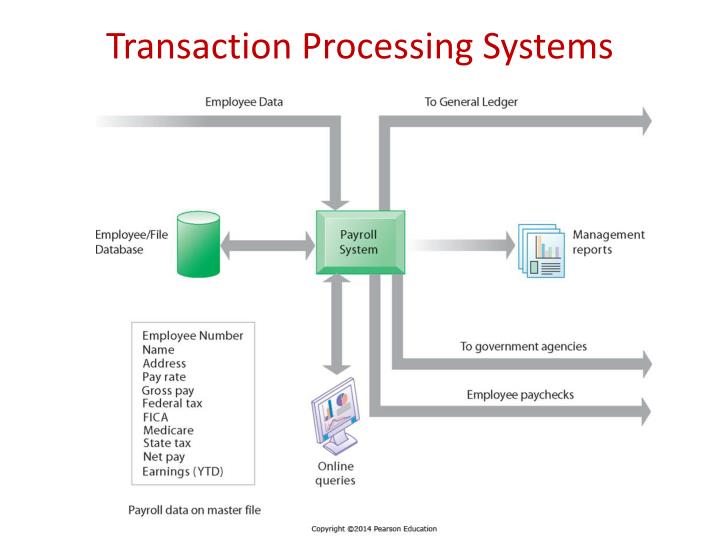

increasing orders for well-performing products and reduce the orders of products that are not performing well.Įxamples of management information systems include This information can be used to make future inventory orders i.e. aggregate, compare and summarizes the results to produced reports that tactical managers use to monitor, control and predict future performance.įor example, input from a point of sale system can be used to analyze trends of products that are performing well and those that are not performing well. The MIS system analyzes the input with routine algorithms i.e. The output from a transaction processing system is used as input to a management information system. Management Information Systems (MIS) are used by tactical managers to monitor the organization’s current performance status. Airline booking systems – flights booking management.Stock Control systems – keeping track of inventory levels.Payroll systems – processing employees salary, loans management, etc.Point of Sale Systems – records daily sales.If they do not meet the requirements, then the client is advised to see tactical management staff to see the possibility of signing a MoU.Įxamples of transaction processing systems include If they meet the requirements, then the loan application documents are processed. If a person whose employer has a MoU with the bank applies for a loan, all that the operational staff has to do is verify the submitted documents.
_HTML/Images/CH8_img007.gif)
The information produced from the transaction processing system is very detailed.įor example, banks that give out loans require that the company that a person works for should have a memorandum of understanding (MoU) with the bank.The decisions made by operational managers are routine and highly structured.What is the outstanding due for John Doe?īy recording the day to day business transactions, TPS system provides answers to the above questions in a timely manner.The main objective of a transaction processing system is to answer routine questions such as They are used by users at the operational management level. Transaction processing systems are used to record day to day business transactions of the organization. They use information from tactical managers and external data to guide them when making unstructured decisions. Senior level managers are concerned with the long-term planning of the organization. The users at this level make unstructured decisions. This is the most senior level in an organization. The decision is partly structured in the sense that the tactical manager has to use existing information to identify a payments history that benefits the organization and an allowed increase percentage. As an example, a tactical manager can check the credit limit and payments history of a customer and decide to make an exception to raise the credit limit for a particular customer. The decisions are partly based on set guidelines and judgmental calls. Tactical users make semi-structured decisions. The users at this level usually oversee the activities of the users at the operational management level. This organization level is dominated by middle-level managers, heads of departments, supervisors, etc. All the sales person needs to decide whether to give credit to a customer or not is based on the current credit information from the system. This means that they have defined rules that guides them while making decisions.įor example, if a store sells items on credit and they have a credit policy that has some set limit on the borrowing. Users at this level use make structured decisions. The operational level is concerned with performing day to day business transactions of the organization.Įxamples of users at this level of management include cashiers at a point of sale, bank tellers, nurses in a hospital, customer care staff, etc. The following diagram illustrates the various levels of a typical organization. Understanding the various levels of an organization is essential to understand the information required by the users who operate at their respective levels. Pyramid Diagram of Organizational levels and information requirements



 0 kommentar(er)
0 kommentar(er)
